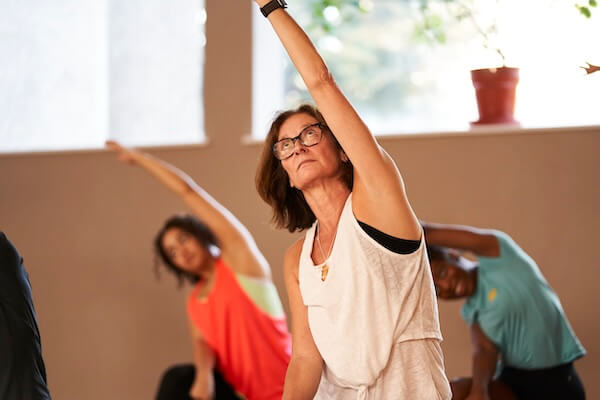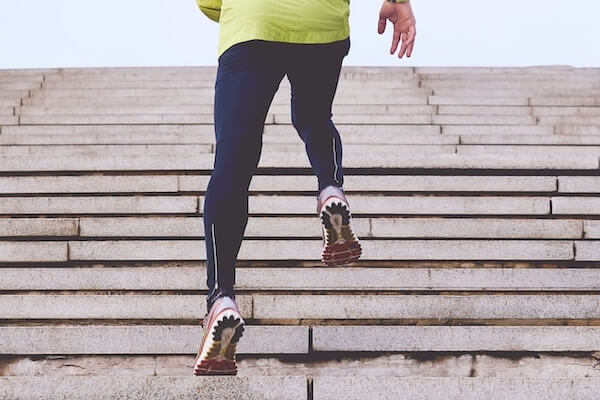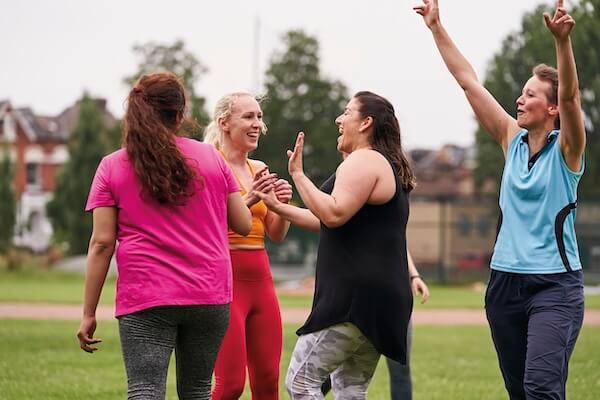
Did you know that simply moving more could add years to your life? Groundbreaking research from Australian and Danish scientists, published in the British Journal of Sports Medicine, shows just how much physical activity (PA) impacts life expectancy—and the findings are eye-opening.
For Australians, who enjoy outdoor lifestyles and access to world-class parks and beaches, this research is a timely reminder of how small changes in daily activity can make a big difference.
What the Study Found
The researchers used data to predict how being more active could extend life expectancy for people aged 40 and over. Here’s what they discovered:
- More activity means more years: If everyone moved as much as the most active 25% of people, individuals could gain an average of 5.3 extra years of life.
- Every little bit helps: For those in the least active group, adding just one hour of walking could extend life expectancy by around 6.3 hours!
Why This Matters for Australians
In Australia, where chronic conditions like heart disease and diabetes are on the rise, staying active is one of the simplest and most effective ways to improve health and longevity. Whether you’re walking along Bondi Beach, hiking the Blue Mountains, or simply chasing the kids around the backyard, every step counts.
This research reinforces how important physical activity is—not just for fitness but for living a longer, healthier life.
Easy Ways to Get Moving in Australia
You don’t have to be an athlete to see the benefits of physical activity. Here are some ideas that work well with Australia’s laid-back lifestyle:
- Explore local parks and trails: With over 500 national parks across Australia, there’s no shortage of beautiful places to hike, walk, or bike.
- Walk on the beach: Coastal walking tracks like the Bondi to Coogee Walk offer stunning views and a great workout.
- Join a sports team or club: Social sports like netball, cricket, and lawn bowls are fun ways to stay active and connect with others.
- Make it a family affair: Take the kids to a local playground or park for a game of tag or a quick footy kick.
- Find free fitness classes: Many councils, like those in Sydney and Brisbane, offer free community fitness programs to encourage active living.
Why Governments and Communities Play a Role
The study highlights the importance of creating environments that make physical activity easy and accessible for everyone. Local councils investing in walking paths, cycling lanes, and sports facilities play a vital role in helping Australians embrace an active lifestyle.
It's never too late!
It doesn’t matter if you’re 40, 60, or beyond—it’s never too late to add movement to your day. Whether it’s a short walk around the block or a weekend hike with friends, small steps can lead to big rewards.
So, lace up your sneakers, hit the pavement, or head to your local park. Every move you make is an investment in a longer, healthier, and more enjoyable life.






